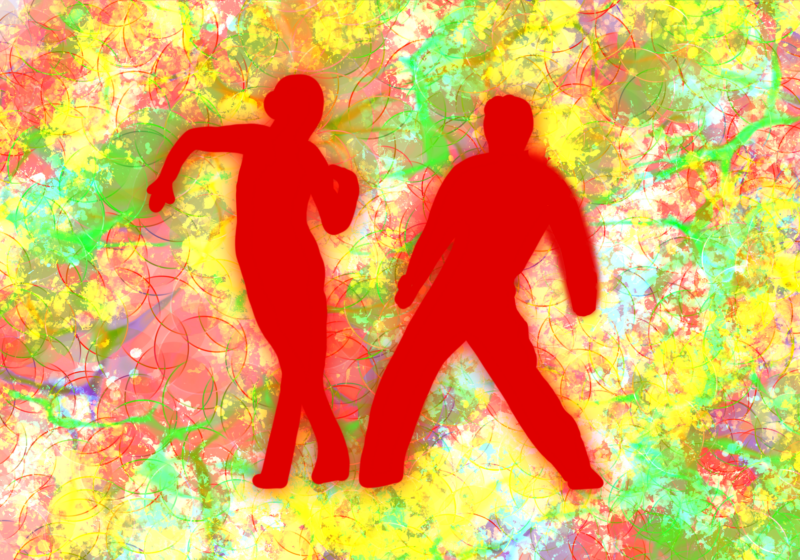Everyone knew that seniors Eric Harris and Dylan Klebold of Columbine High School in Jefferson County, Colorado were social outcasts, but no one ever suspected the severity of the damage caused by their peers’ bullying and harassment. April 20 marked the 15th anniversary of the day in which 14 students and one teacher lost their lives to guns shot by the two boys before they killed themselves. Most adults who knew the boys expected them to be very successful after high school. But even though no one saw them, signs of Harris and Klebold’s instability were there.
Graffiti death threats showed up around the school, but no one took them seriously. Harris had a website that provided guides to making pipe bombs and a blog revealing his desire to kill his tormentors – but no one saw it in time. Harris and Klebold had been convicted of a felony after breaking into a van and stealing electronics – but they were released from juvie early for good behavior. Harris had expressed his anger and suicidal thoughts to a psychiatrist who prescribed antidepressants – but no one worried. Harris and Klebold were from good families. They had stable homes. They were responsible employees. They were smart.
After Columbine, the question everyone was left asking was “why?” What had possessed these boys, causing them to massacre their peers, and why had no one noticed the red flags?
While Columbine succeeded in calling America’s attention to issues of bullying and mental health, it was only the beginning of a series of school shootings and other acts of violence. Just this month, a high schooler in Murrysville, Pennsylvania went to school with two large kitchen knives, stabbing 22 students and staff members. Much like Harris and Klebold, no one suspected the student, Alex Hribal, to be capable of or motivated to commit such violence. Everyone is still searching for answers.
It is important to understand the cause of such violence to gain closure for those affected and to work toward preventing future tragedies. Humans are not wired to harm others unprovoked – particularly not dozens of classmates and teachers. A “normal,” healthy person does not desire to end the lives of those they interact with everyday, nor do they desire to end their own existence.
When events such as the Columbine shooting or the Murrysville stabbing take place, it is because someone has been pushed over the edge, past regular human behavior. As a society, we claim to recognize the seriousness of bullying, mental illness, and unstable homes, the most common causes of school violence. Clearly, our awareness has not stopped the attacks. In a nation where the quality of life is thought to exceed that of many countries around the world, American youth habitually find themselves in circumstances so severe that they abandon the social protocol of civilized humanity. If we are ever to decrease such violence and tragedy, we must recognize the reality of this fact.
Just because someone comes from what is thought to be a good family doesn’t mean they haven’t been subject to abuse or struggled with a mental illness. Just because someone doesn’t seem to be bothered by bullying doesn’t mean they’re not suffering.
On the flip side, just because someone has a rough home life or gets picked on at school doesn’t mean they’re dangerous. Likewise, just because someone takes medication to improve their mental health doesn’t mean they’re violent.
One must remember that everyone handles the stress of life in different ways. There is no stereotypical school shooter or any neighborhood that is either safe from adolescent violence or bound to contain it. Paranoia about these facts is not the answer. No amount of school security or fear of suspicious individuals will solve the problem. We must address the issue as something preventable instead of treatable.
Recognizing the power our behavior has over others and the influence of hurtful action is vital to hindering school violence. Likewise, taking an interest in the lives of those around us, recognizing signs of suffering, and supporting those that are struggling through our own care or outside help, is necessary to prevention. While it is unrealistic to expect that needless violence will ever cease to exist, it is up to us to determine its place in the status quo.
celebrities
Controversy ensues after “DWTS” Week 6
I was truly at an impasse and distraught: I didn’t want anyone to go home. But someone must.
Reviews
Teddy’s Travels: Niagara-on-the-Lake
When people think of Rochester, New York, they might not think of the many adventures that come with being the third-largest city in the state.



